Aquatic Plants: Types and How to Care for Them [Complete Guide + 10 Examples]
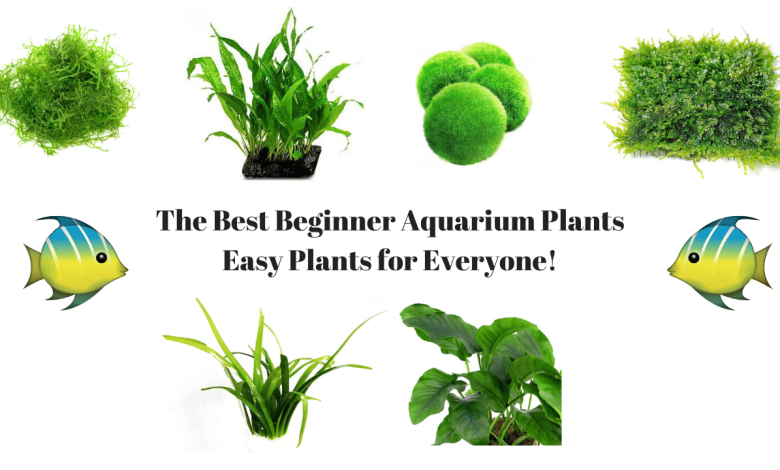
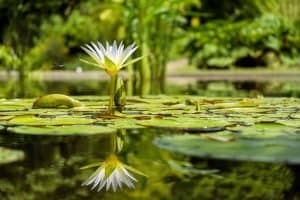 Do you have a pond or a fountain that you want to decorate?
Do you have a pond or a fountain that you want to decorate?
Would you like it to have a greener look?
Then, it is very likely that the care and planting of aquatic plants interests you. These types of plants give incredible beauty to areas that apparently could only contain water.
In this article we will talk about the different types of aquatic plants that exist, what their main care is and what we must take into account when planting them.
Can you come with us?
What are aquatic plants?
They are the plants that we often see in nurseries and in homes whose difference with terrestrial plants is that they adapt very easily to environments with high humidity and even live in water such as lakes and rivers, but there are also saltwater plants.
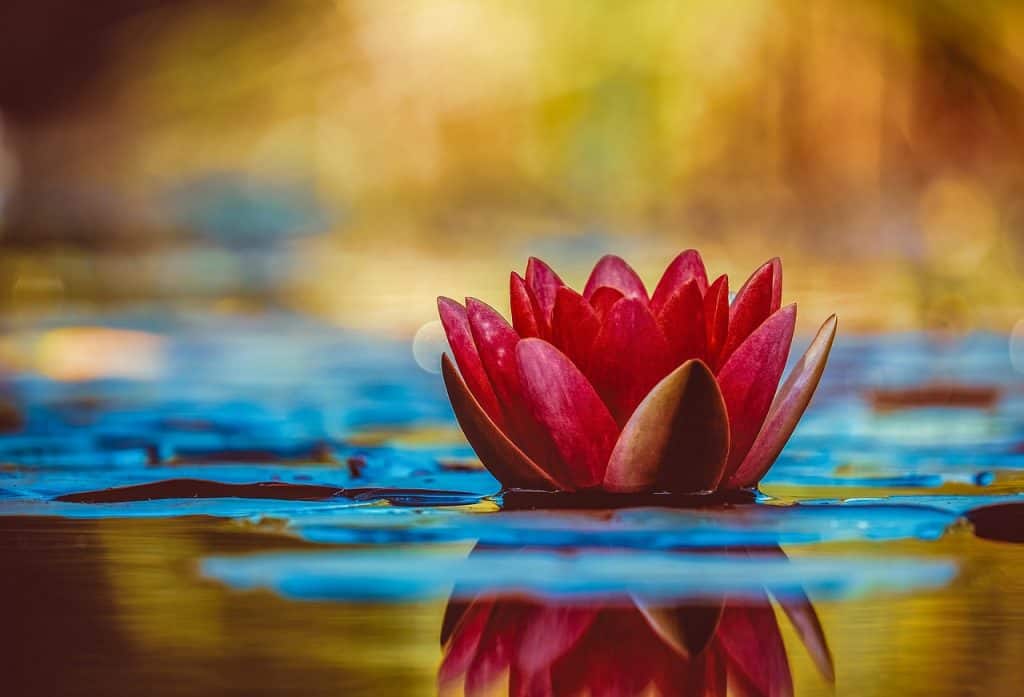 Mangroves grow in salt water, trees whose roots resist the high concentration of salts in the intertidal zone, near the mouth of fresh water courses in tropical regions.
Mangroves grow in salt water, trees whose roots resist the high concentration of salts in the intertidal zone, near the mouth of fresh water courses in tropical regions.
They are very easy to maintainand very interesting to have them in a garden pond because it not only gives them a new appearance, but also exudes great freshness and beauty.
They are also known ashydrophytes or hygrophytes;they can be algae or vascular plants pteridophytes and angiosperms with conspicuous flowers.
Some cling tightly to the silt at the bottom of the water, but otherskeep floating on the surface.
What are the care of these aquatic plants?
The care must be provided according to the type of aquatic plant that we want to have in our environment.
If the plant is on the ground or in pots in water, it should be covered with gravel to retain it and achieve good oxygenation.
So that the earth can be ventilated is betterchoose hemispherical potslow instead of tall pots.
To prevent them from rotting,and that consequently deteriorate the quality of the water in the pond, the barrel or the pond, the leaves, branches and flowers must be pruned.
It is also advisable to spread a screen over the pond if the aquatic plants are close to deciduous trees.
Over time,ponds and ponds achieve ecological balance; the pond should have a cloudy bottom and a moderately clear surface, so don’t try to clean the pond more than necessary.
The chosen fertilizer must be the one with slow release,from the first day, the same fertilizer that is used for terrestrial plants.
In case you preferdo not use traditional techniques,on the market there are enough substrates for aquatic plants; high quality substrates that will make your aquariums a wonderful attraction.
There are also special fertilizers for this type of plants that do not affect life with animals, and specific products for the elimination of algae and microorganisms.
As the combination of aquatic plants with animals and fish increases the ornamental value of the pond and improves the life of plants and animals, it is necessary to use products thatdo not harm the species.
What benefits do aquatic plants have?
Benefits of aquatic plants:
- The benefits of these plants are many, especially for fish, as they improve the aquarium environment and, of course, beautify it.
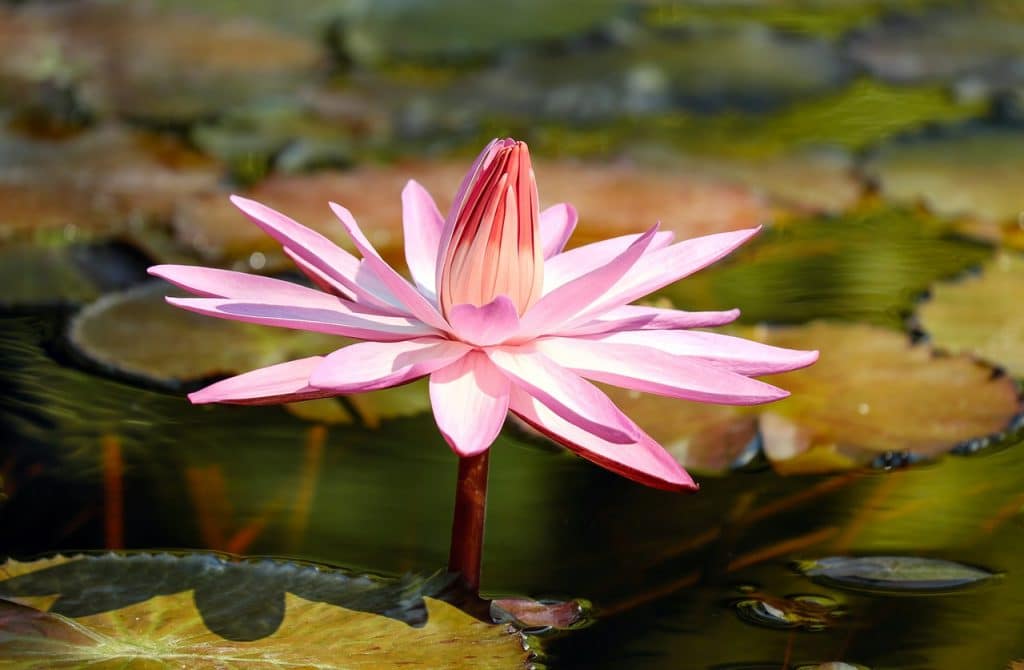
- In addition to providing security for the inhabitants of the aquarium, they provide them with a refuge and a natural behavior that increases their well-being.
- Important for aquarium inhabitants, including beneficial bacteria, is the fact that plants convert light and carbon dioxide. So, as oxygen levels are higher, we will have more active, healthy and disease-resistant fish.
- It is good to remember that in addition to carbon dioxide, aquatic plants use other potentially toxic nutrients such as ammonia, nitrite, nitrates and various heavy metals.
- In short, an aquarium with plants is a healthy aquarium, and if you have the correct maintenance, you will never have algae problems.
What types of aquatic plants are there?
There is a varied constellation of aquatic plants, divided into various types such as oxygenating, deep-sea and floating aquatic plants.
Some of the most important speciesare:
lotus flower
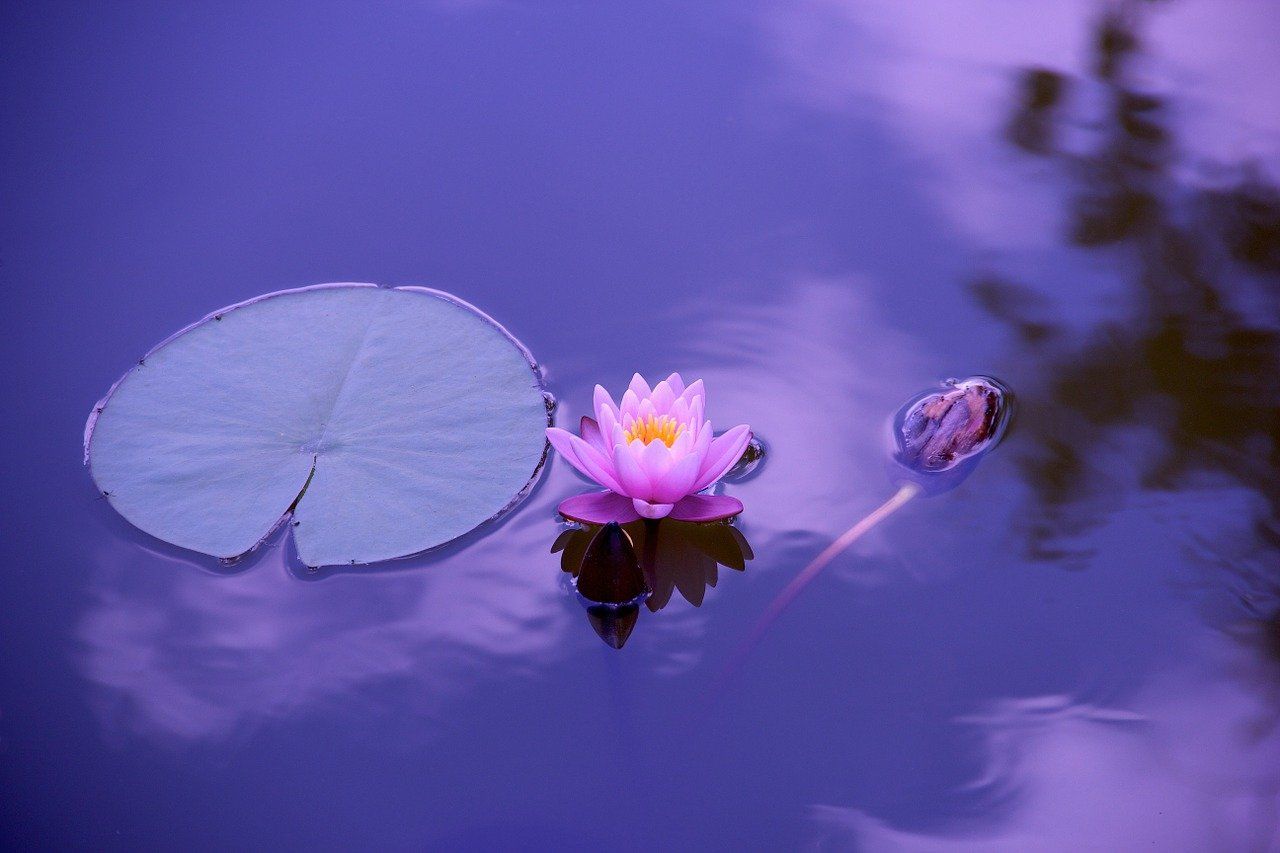
The Lotus Flower, of the genus Nelumbo Nucifera, is herbaceous, a beautiful flower of various colors ranging from pink to white.
water lettuce
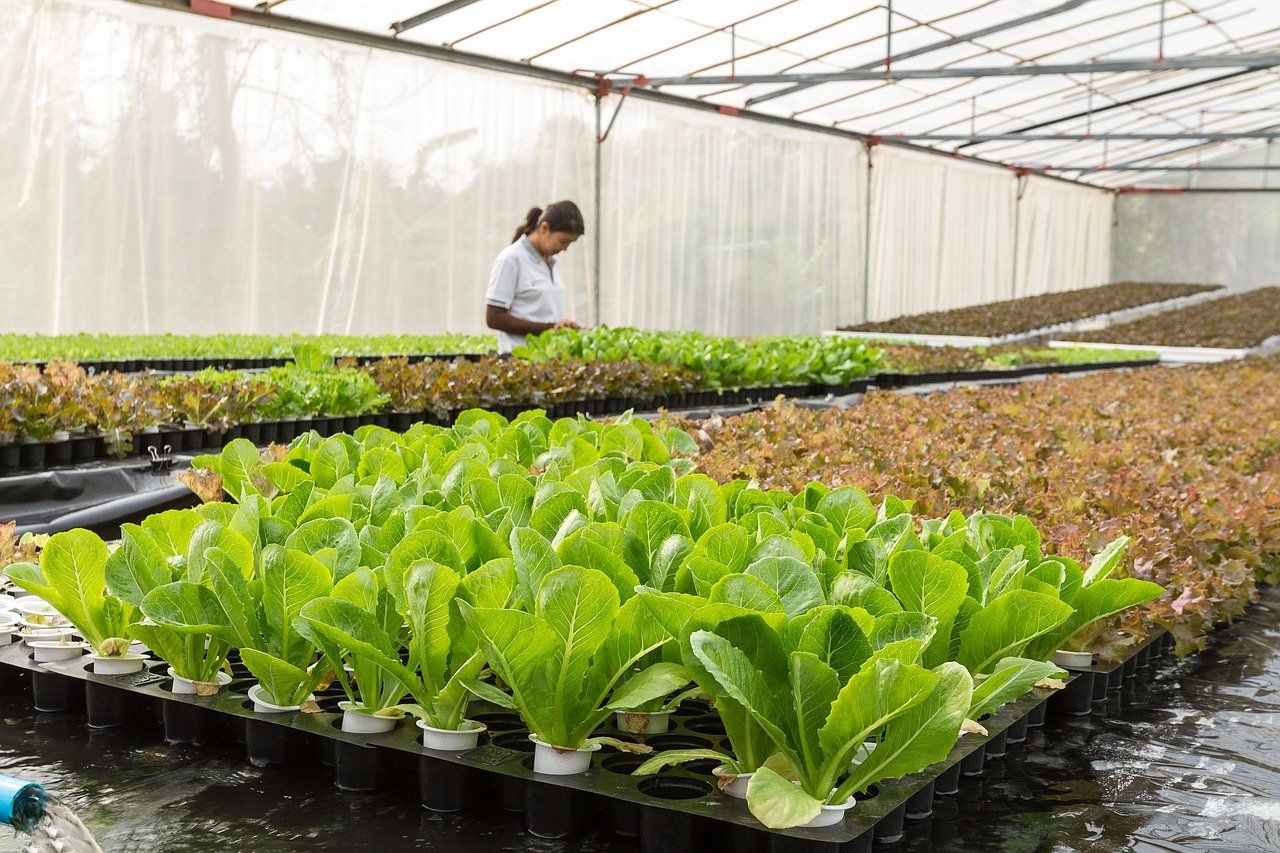
Water lettuce, genus Monotypic pistia, is a floating plant that is used to decorate small gardens; it keeps well because it feeds on water and thrives in sunny areas.
water hyacinth
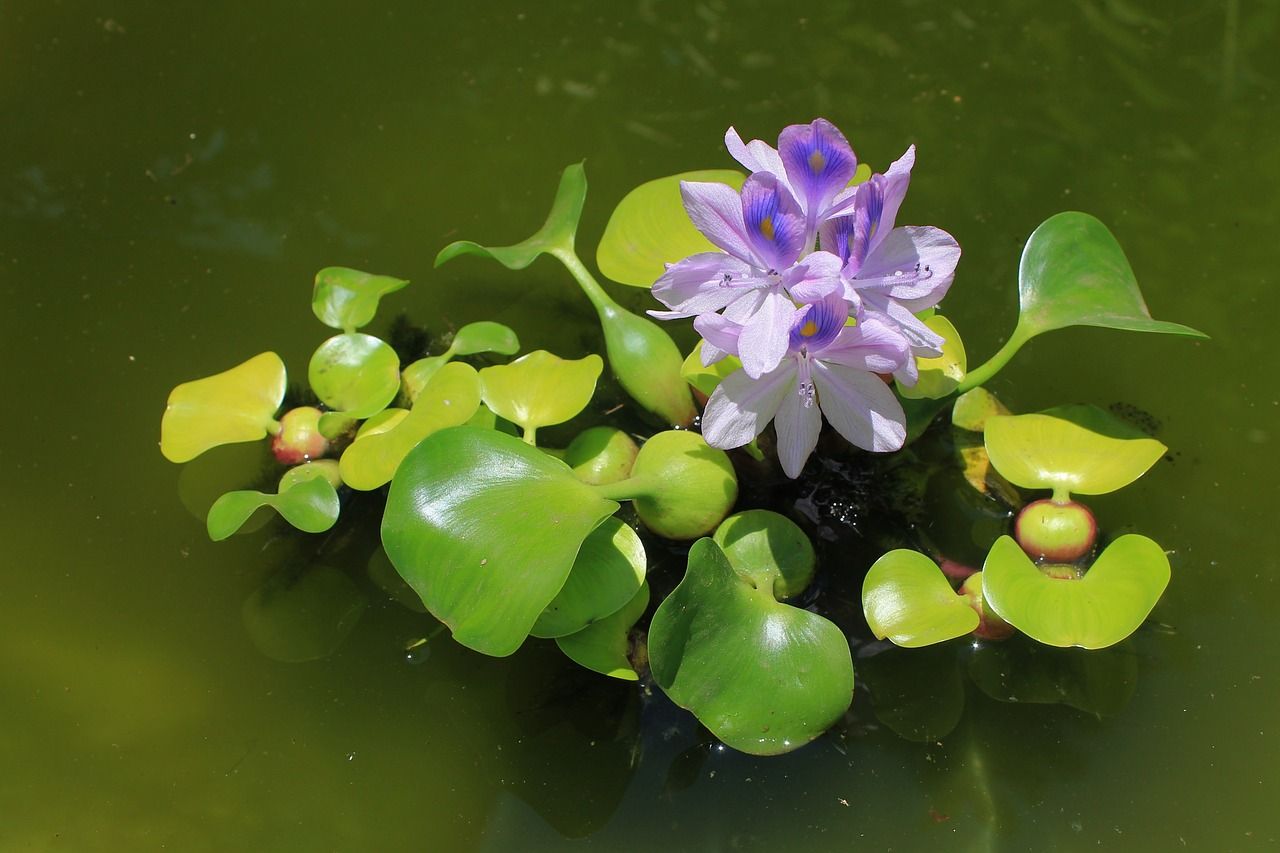
Water hyacinth, from the Pontederiaceae family, which in addition to being a floating plant has medicinal value; blooms through a spike with blue flowers, and likes sunlight.
Water lily
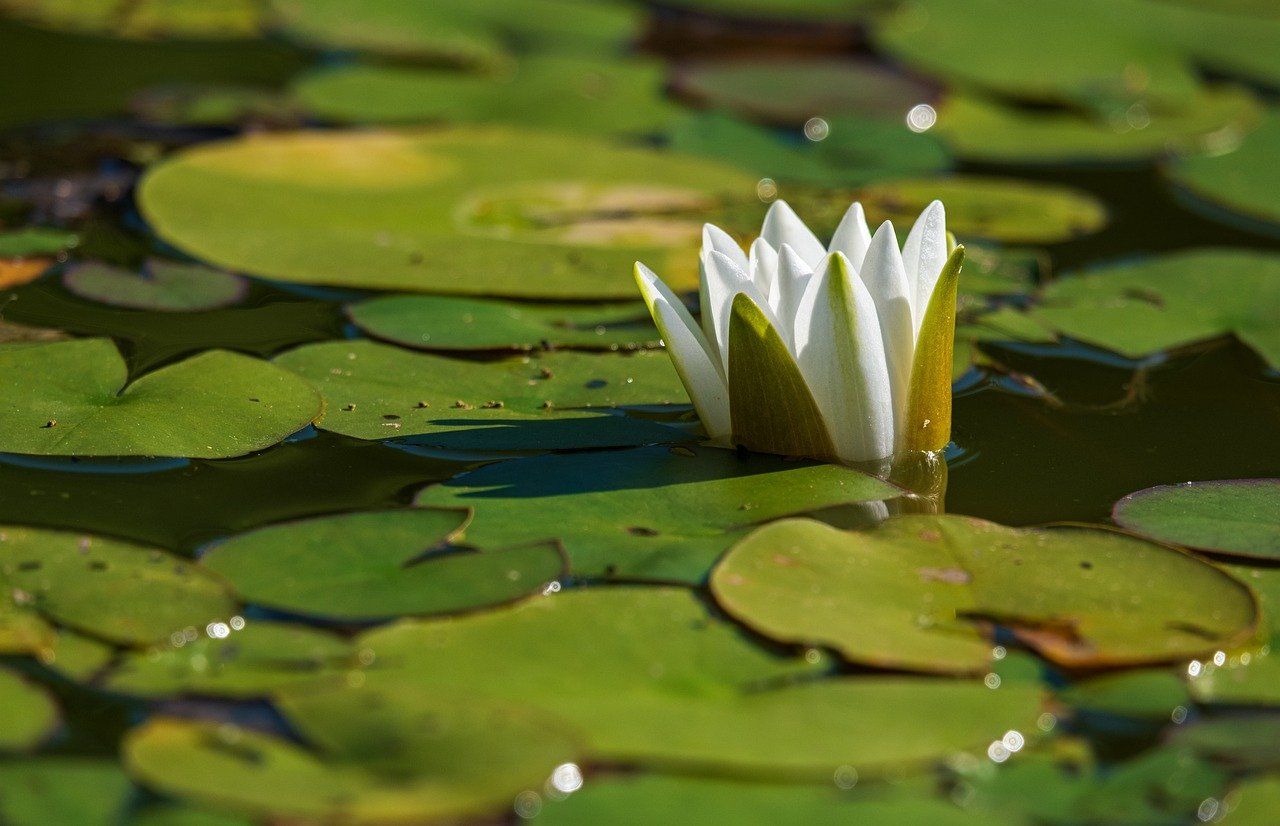
Water lily, Nymphaea Hortorum, has rhizomes to cling to the water bottom, and is elegant, thanks to its beautiful flower of various colors, blue, purple, white, yellow…
Papyrus
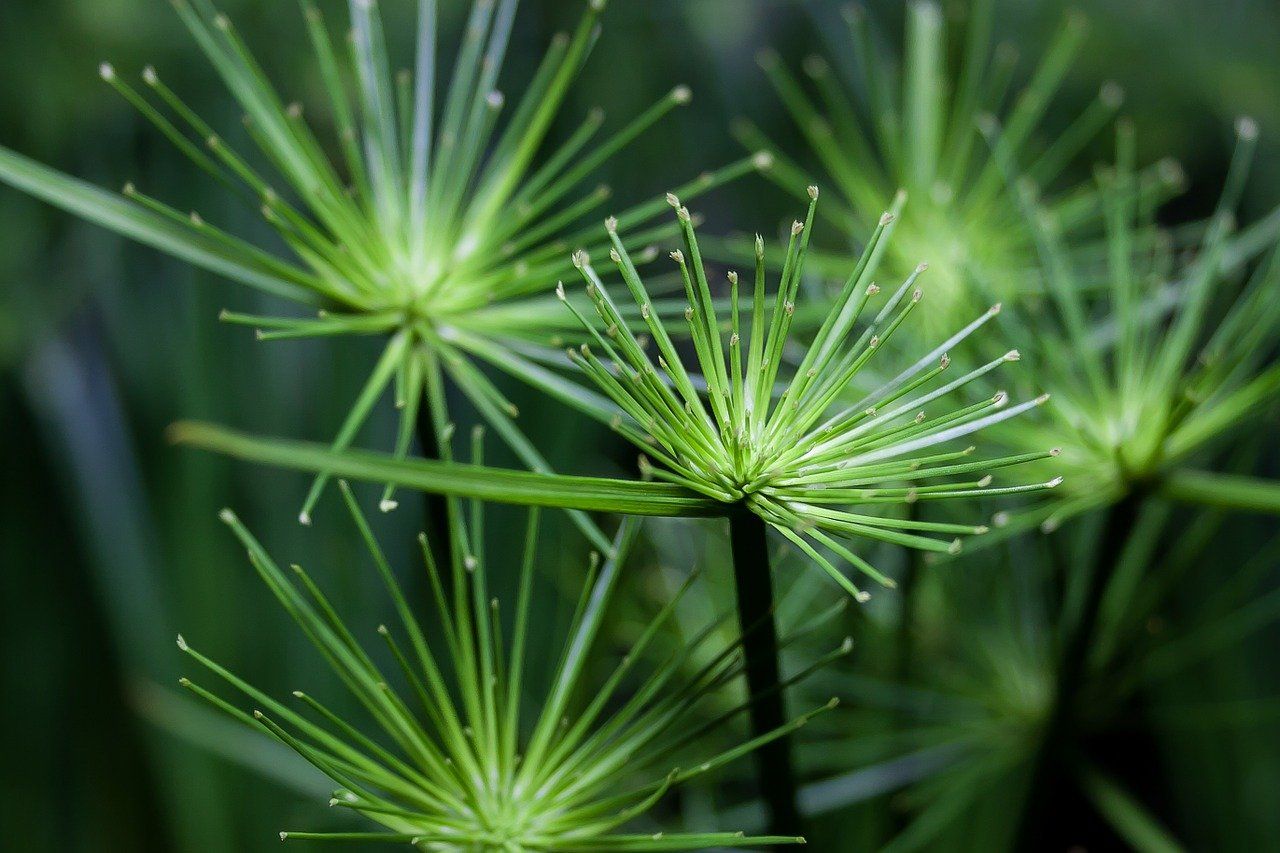
Papiro, Cyperus Papiro, era usada por los egipcios en la antigüedad para hacer papel; aunque es buscada en todo el mundo para ornamentar los jardines acuáticos, es adaptable a otro tipo de jardines; debe ser plantada en suelo rico en nutrientes que debe permanecer húmedo.
Lirio de agua
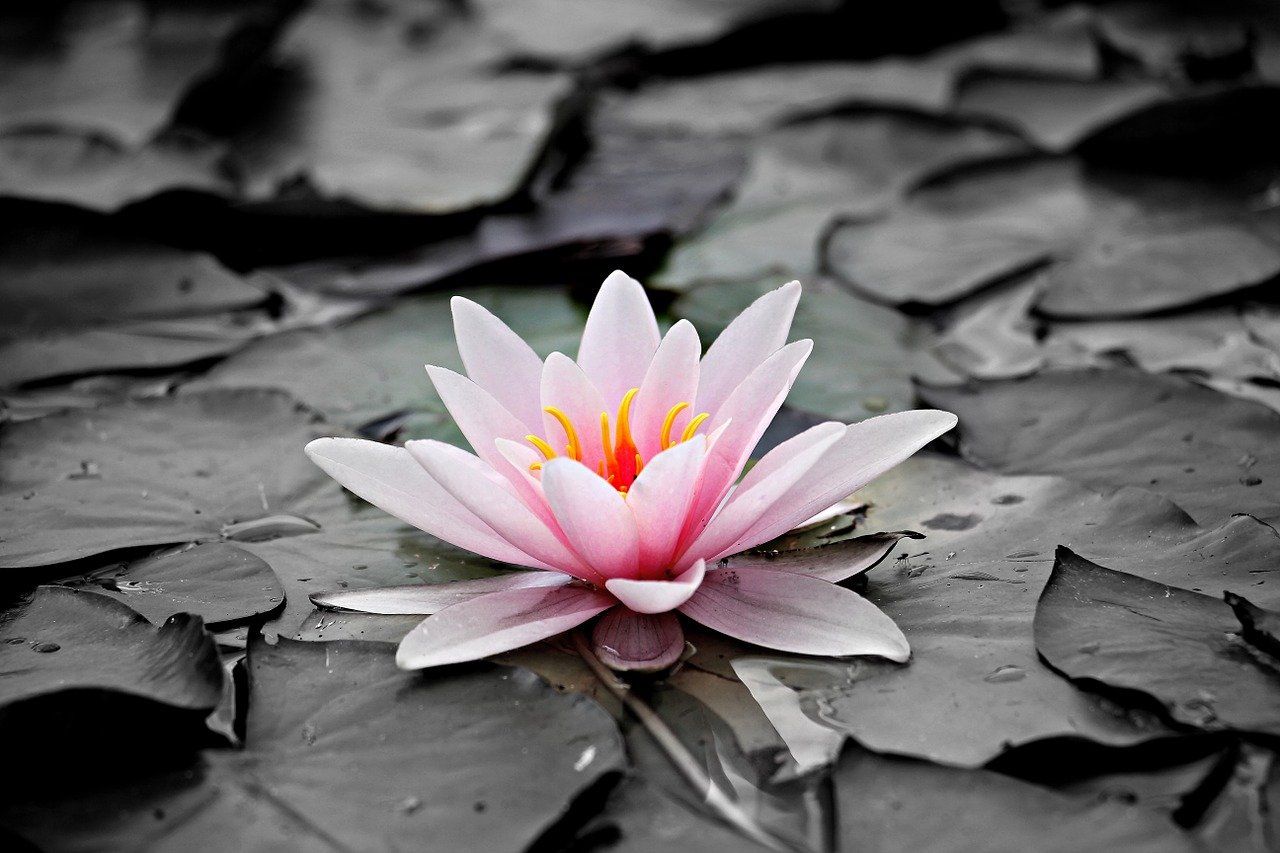
Lirio de agua, Iris pseudacorus, es una planta de profundidad que se puede adaptar a la mayoría de los entornos y se puede mantener en aguas profundas, estanques o cursos de agua con poca corriente.
Lenteja de agua
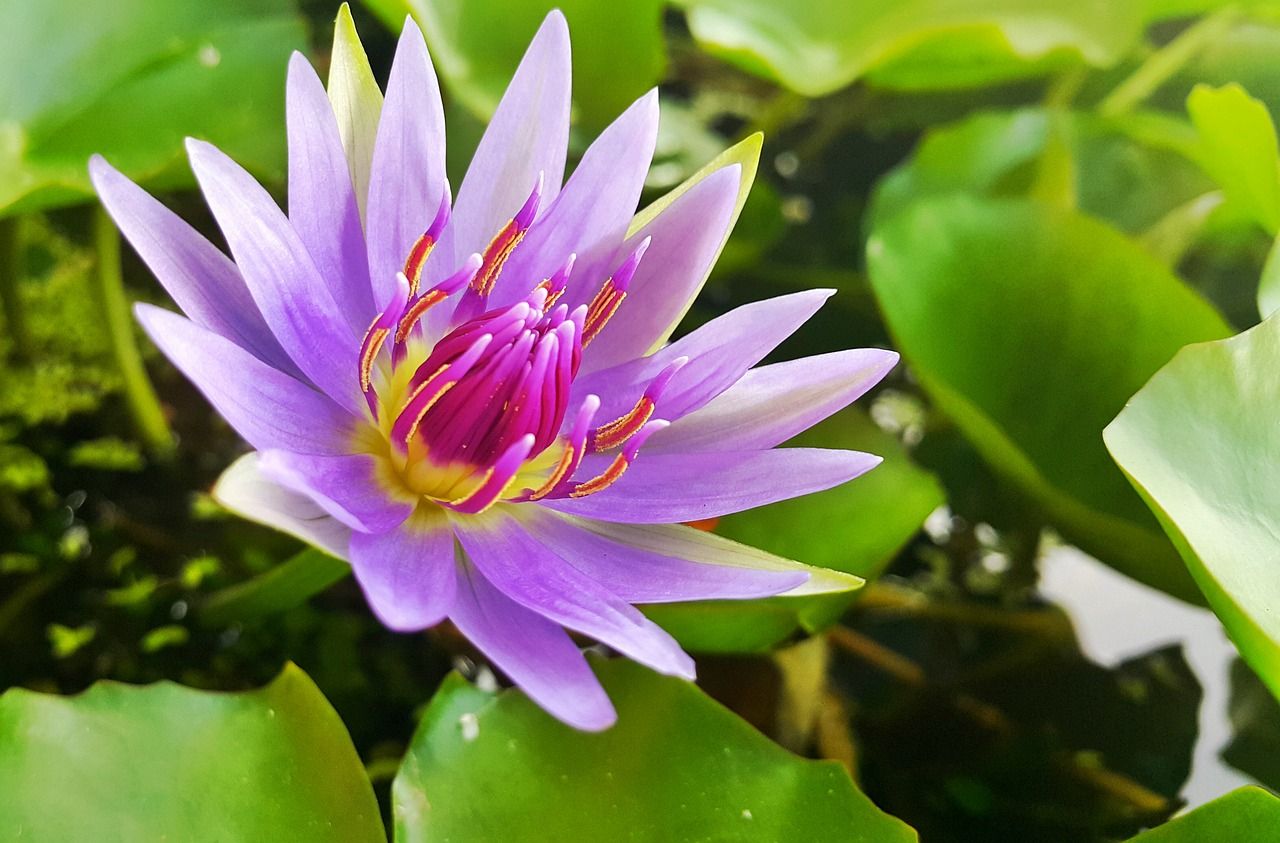
Duckweed, Lemna minor, ideal for decorating water gardens, thanks to its tiny leaves that spread through the water; It needs little light input and serves as decorative fish food added to the garden.
aquatic oxygenator
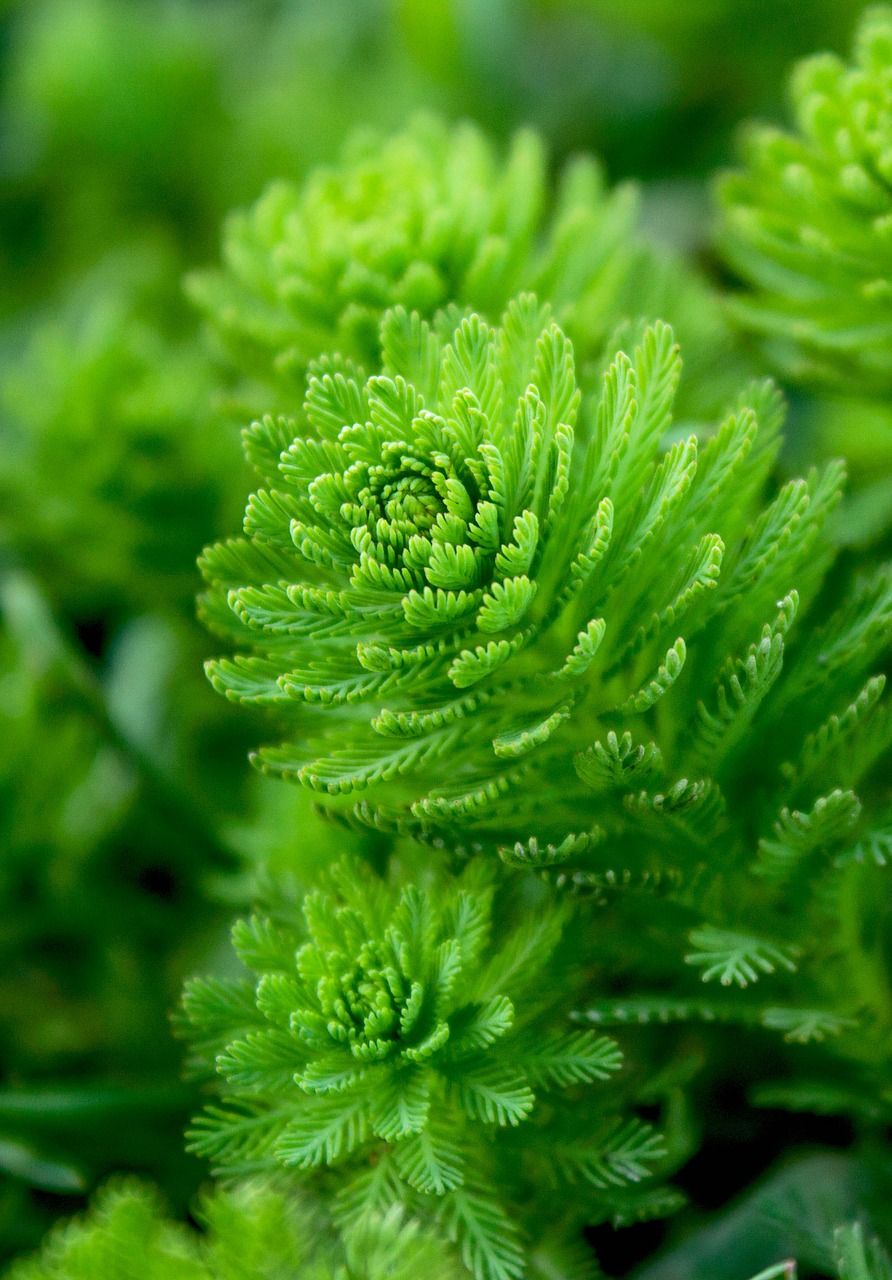
Aquatic Oxygenator, Myriophyllum verticillatum, is a water weed that hinders the development of algae in the garden because it absorbs minerals and carbon dioxide, eliminating those undesirable visitors. Therefore, it is not ideal for decoration but rather to highlight the beauty of other aquatic plants below the surface.
Green Arrow
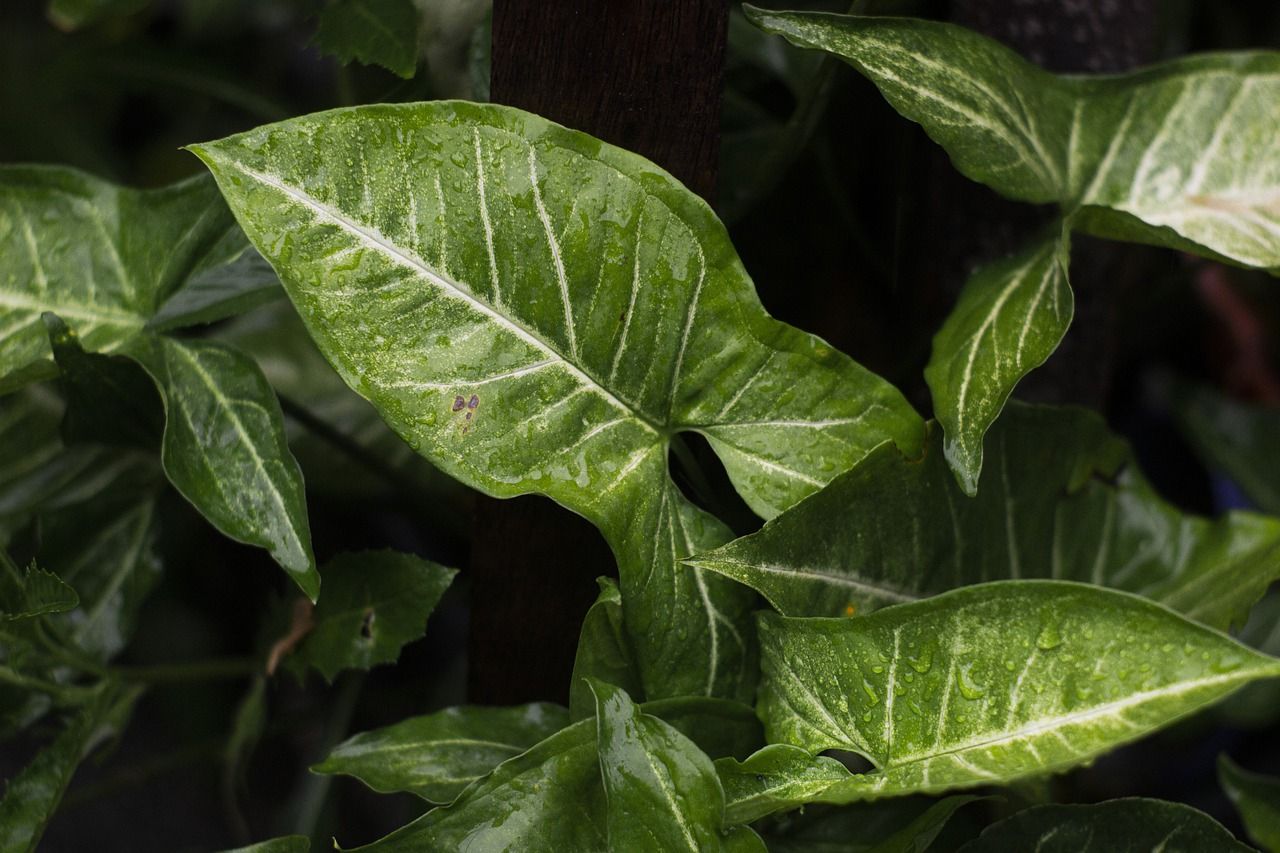
Green arrow, Peltranda virginica, its name comes from its appearance of an upright arrow in the water; it is of yellow, white and green tones, it is of little care and adheres to the edges of lesser depth.
Creek
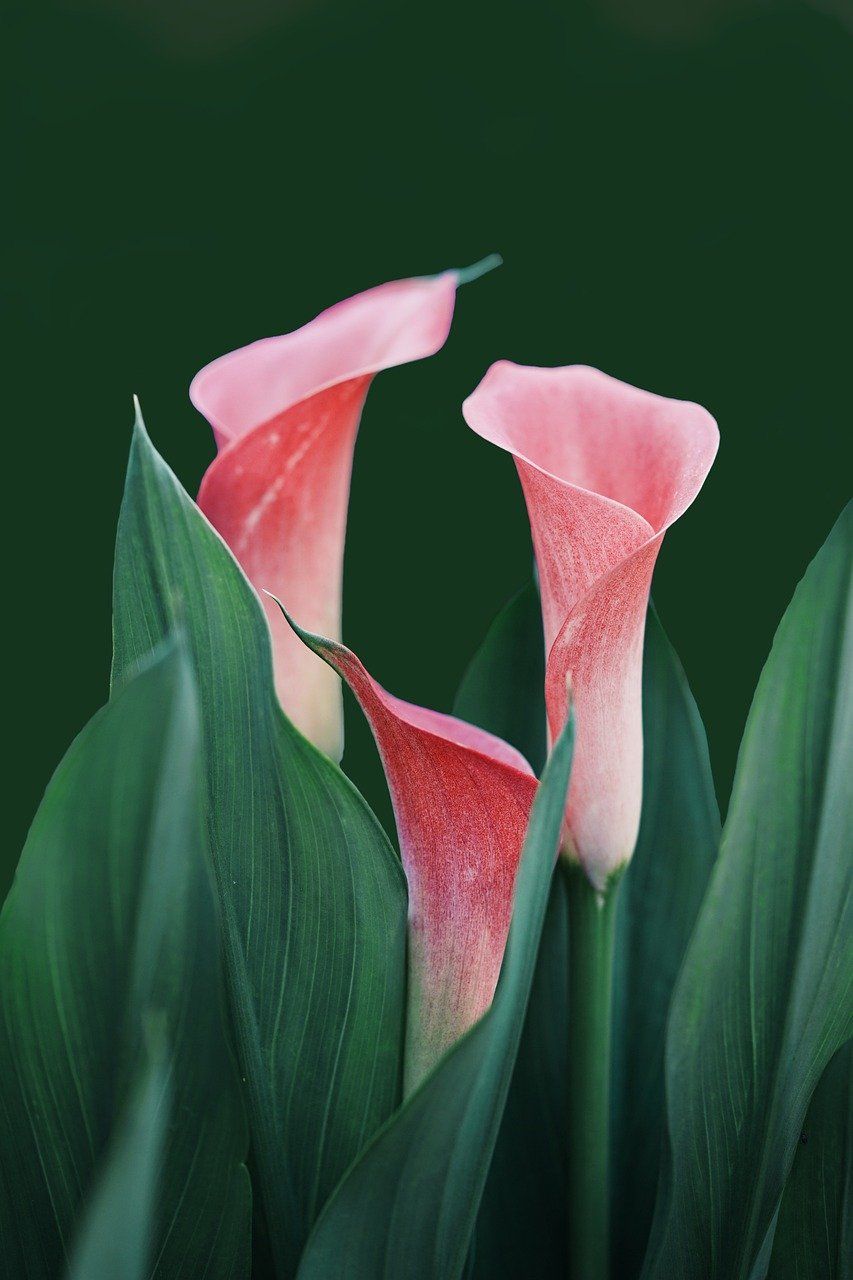
Cala, Zantedeschia aethiopica, ideal for decorating aquatic gardens thanks to the beauty of its flower; shade or semi-shade and can be planted in soil with organic fertilizer rich in acid.
Riccia Fluitans
Riccia Fluitans – One of our favorite plants to add to an aquarium, pond or enclosure. It has a very lively, mossy appearance that helps bring out the color and beauty of any tank. Most hobbyists, like us, use riccia fluitans as a floating or carpet plant. This plant is an excellent alternative to mosses such asJava moss.
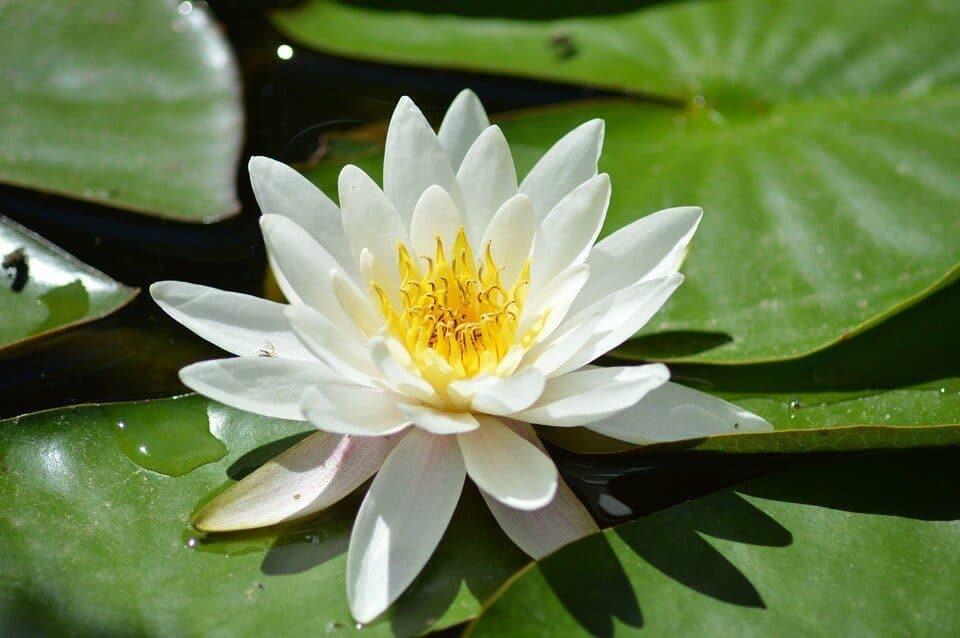
Characteristics of aquatic plants
The main characteristics of the different types of aquatic plants are:
- Floating aquatic plants. Those found on the surface of the water, therefore, are the most common, some of whose species are water lettuce, water fern and alloid stratoids.
- Aquatic plants for deep water ponds. They are used for those deep ponds built on a wide area, and some species are the white alba, pink carnea and pink arey.
- Oxygenating aquatic plants. They are the ones that help renew the oxygen in the water, among them, the Canadian Elodea, Vallisneria gigantea, Vallisneria tortifolia, normal Valisneria.

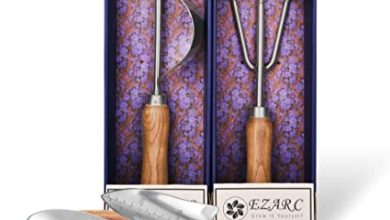
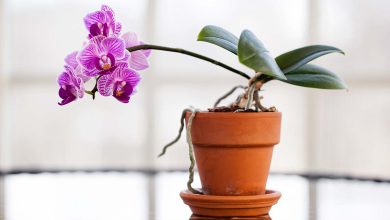
![Photo of [10 Types] of Indoor Plants that Need Low Light](https://www.complete-gardening.com/wp-content/uploads/2022/08/10-types-of-indoor-plants-that-need-low-light-390x220.jpg)
![Photo of Precision Agriculture: [Concept, Uses, Examples]](https://www.complete-gardening.com/wp-content/uploads/2022/08/precision-agriculture-concept-uses-examples-390x220.png)